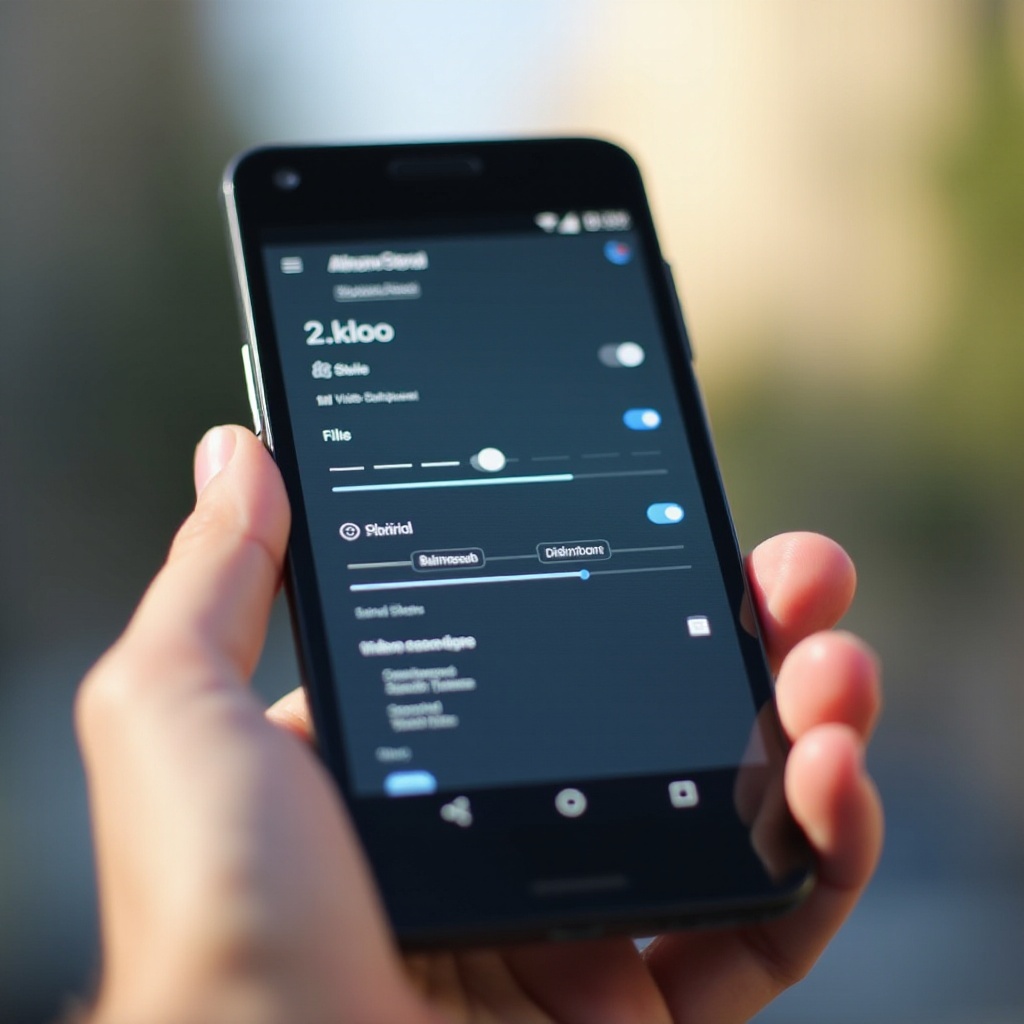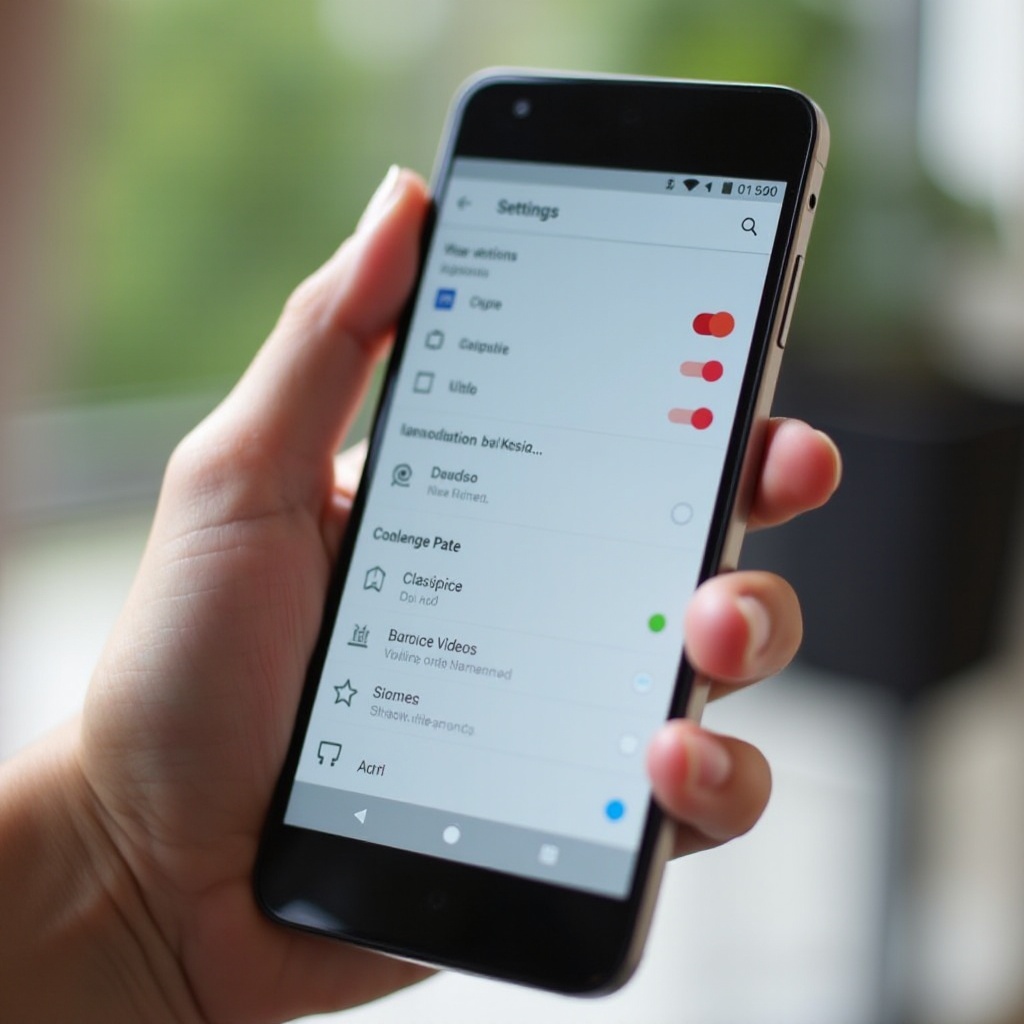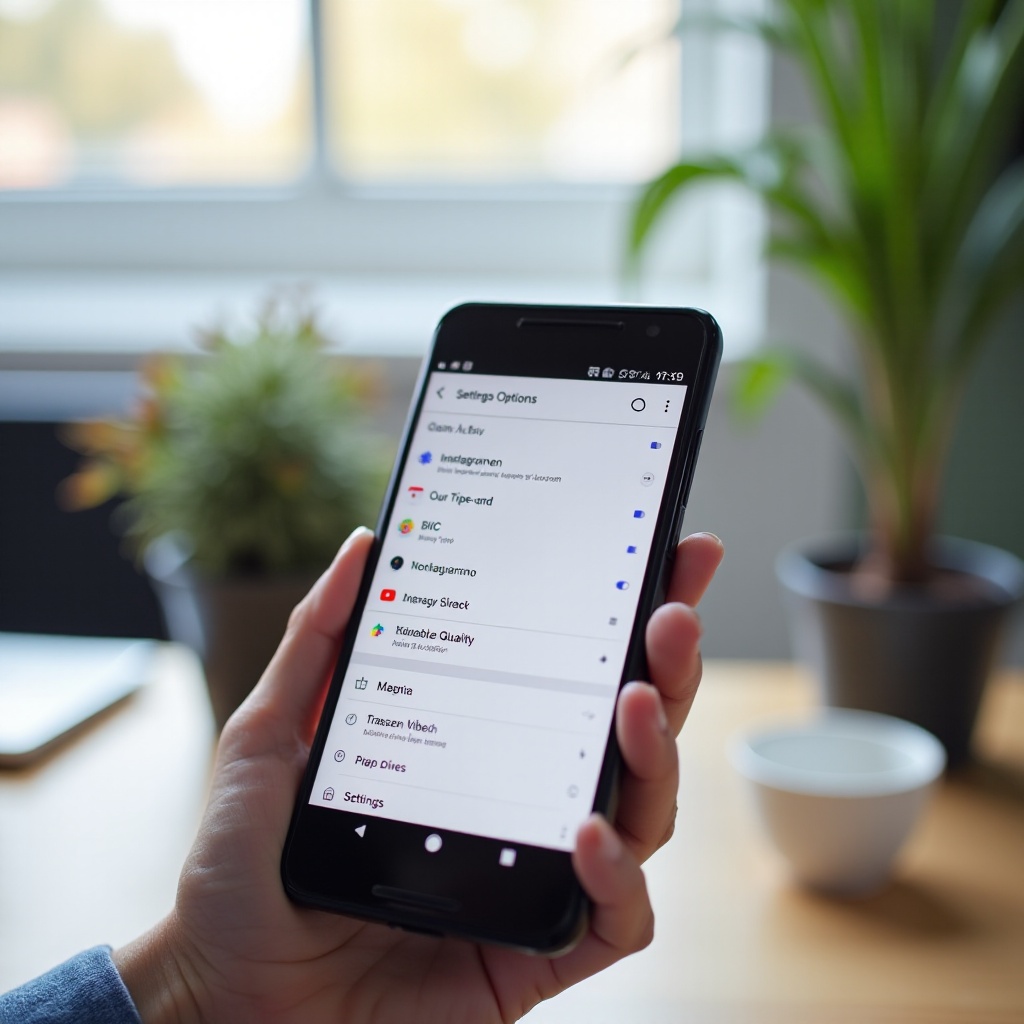Introduction
Android smartphones are designed with powerful video recording functionalities, yet to fully leverage these capabilities, users need to adjust the default video settings. By manipulating features such as resolution, frame rate, and audio settings, you can greatly enhance the quality of your videos. These tweaks can turn ordinary footage into captivating visual content. Let’s explore the essential adjustments needed to elevate your Android videos to professional standards.

Understanding Basic Video Settings on Android
Android phones come equipped with a variety of video settings, each designed for different user needs and hardware capabilities. These essential settings should be understood by all Android users wishing to fine-tune their video recording experience.
-
Default Video Settings Overview: Typically, Android devices are configured with medium default settings. These include moderate resolution and frame rates designed to provide a balance between video quality and device resources like battery and storage.
-
Differences Among Popular Android Brands: Different brands like Samsung, Google Pixel, and OnePlus offer unique enhancements in their video settings. For example, Samsung might include advanced stabilization options, whereas Google may offer superior AI-driven image enhancements. Recognizing these distinctions allows users to capitalize on their device’s specific strengths.
This foundational understanding paves the way for more precise adjustments in video settings, specifically beginning with resolution.

Adjusting Video Resolution for Optimal Quality
Resolution is a critical determinant of the clarity in your video content. Higher resolution results in sharper images but also demands more storage capacity and processing power.
-
How to Change Video Resolution: To adjust video resolution, open your camera app and access the settings. Options include HD (720p) to UHD (4K). Opt for the highest resolution that your device supports to achieve the best visual clarity.
-
Impact of Resolution on Storage and Quality: While higher resolution enhances video sharpness, it also substantially increases the amount of required storage. To manage this, regularly back up your video files to external drives or cloud storage solutions.
Once resolution is set, refining the smoothness of video playback through frame rate adjustments is the next essential step.
Mastering Frame Rate Settings
Frame rate affects the fluidity of video playback, with higher rates providing smoother motion. Choosing the right frame rate is crucial for capturing content dynamics.
-
What Is Frame Rate?: Frame rate, measured in frames per second (fps), determines how many frames are captured per second of recording. 30fps and 60fps are standard options, with the latter providing smoother videos, notably for action shots.
-
Steps to Adjust Frame Rate on Android: In the camera’s settings menu, you’ll find frame rate settings. A higher frame rate, such as 60fps, is suitable for recording fast-moving scenes with less motion blur, whereas 30fps may suffice for general recording needs.
After fine-tuning frame rate and resolution, considering advanced features can further enhance your video recording.
Unlocking Advanced Video Features
Advanced video settings bring professional-quality enhancements to your footage and are especially useful for experienced videographers.
-
Using Stabilization and HDR: Enable stabilization to ensure steady shots, reducing shakiness during handheld recording. High Dynamic Range (HDR) enhances contrast, making images more vivid and well-lit in various environments.
-
4K Recording and Its Benefits: Filming in 4K resolution delivers four times more detail than Full HD, ideal for large screens and professional projects. Be mindful of the increased storage requirements.
To complement visual quality, optimizing audio settings is equally important to ensure sound enhances the viewing experience.
Customizing Audio Settings for Better Video Sound
Quality sound can significantly elevate the impact of your videos. Modifying audio settings helps ensure your visuals are matched by excellent audio quality.
-
Importance of Good Audio: Clear audio enhances video professionalism, making a video more engaging and understandable. Poor audio quality can detract from even the most visually stunning content.
-
Adjusting Audio Levels: To achieve superior audio, consider an external microphone. Adjust input levels within settings to avoid clipping and distortion. Conduct audio tests in varied environments to calibrate settings effectively.
Once your video and audio are optimized, tailoring content for social media platforms will broaden your video’s reach and impact.
Optimizing Settings for Social Media Platforms
Different social media platforms have unique requirements for video content, and customizing your settings ensures your videos perform optimally.
-
Best Practices for Instagram and YouTube: Instagram benefits from vertical or square formats with bright, vibrant video, while YouTube favors horizontal, high-definition recordings that accommodate a wide audience.
-
Creating TikTok-Ready Videos: On TikTok, short and engaging content is key. Record in vertical format, focus on clean audio, and opt for high frame rates to capture dynamic content effectively.
Maintaining these customizations requires efficient management of your device’s battery and storage to support continued high-quality recordings.

Maintaining Performance: Managing Battery and Storage
Enhanced settings can significantly impact your device’s battery life and storage space. It’s essential to manage these resources effectively.
-
Monitoring Battery Drain from Video Use: Higher resolutions and frame rates can quickly deplete your battery. For prolonged recording sessions, carry a power bank or enable battery-saving features.
-
Efficient Storage Management Tips: Utilize cloud storage options like Google Photos to back up videos regularly. This practice prevents memory overload and maintains your device’s functionality.
Adhering to these practices will enable your Android device to consistently capture high-quality video content without performance hitches.
Conclusion
Mastering video settings on your Android device unlocks its full potential for capturing stunning visuals. By optimizing resolution, frame rates, advanced features, and audio, and tailoring these elements to fit social media platforms, you ensure your videos are not only exceptional but also engaging to a broad audience. Committing to these practices will significantly enhance the quality of your recordings.
Frequently Asked Questions
How do I access advanced video settings on my Android phone?
Access your camera app, navigate to settings, and explore advanced or professional mode options.
What should be the ideal frame rate for social media videos?
Use 60fps for smooth motion in fast content and 30fps for standard quality and lower file sizes.
Can third-party apps improve my phone’s video recording quality?
Yes, apps like Filmic Pro or Open Camera provide enhanced features and customization options beyond stock apps.
